5 Nights / 6 Days

Further South in the Bale Mountains, forays by 4wd bring you up close to Ethiopian Wolf on the remote Sanetti Plateau and amidst the tropical Harenna Forest; warthogs, colobus monkeys, giant forest hogs and if you are lucky, spotted hyena, leopards and lions can be spotted.
The focus on this itinerary is on Ethiopia’s superb wildlife, with a nice balance of wildlife.The Mountain Nyala and the almost blackish Menelik’s bushbuck in the Bale Mountains National Park, spot Ethiopian wolves on an excursion to the moorlands of the Sanetti Plateau and look out for black-maned lions, leopard and the Bale monkey in the Harenna Forest. There is also the opportunity to visit the impressive Sof Omar Caves.
Upon arrival in Addis Ababa, you will be accompanied by Zagwe Ethiopia tour employee and transferred to your hotel . ‘Addis Ababa’ translates as ‘new flower’ in Amharic – the beautiful local language you will hear sung throughout its chaotic streets. Chosen for its verdant setting and wonderful climate this was not always Ethiopia’s capital —the (rather romantic) story tells that it was a love gift, the choice of the consort of the Emperor Menelik II who preferred the location to the country’s original capital Entoto. –
The flower has most certainly bloomed and the second you step out of the airport you realise you are opening the door into an ancient, mystical and deeply religious world fighting strongly to keep its presence amongst high rises and shopping centres. A city of immense contrasts its chaotic streets are a hotchpotch of Menelik remains and dizzying investment. Before heading into the country’s rural splendour strike out into this colourful metropolis with your charming local guide. Visit the former palace of Emperor Haile Selassie, now a fabulous Ethnographical museum , St George’s Cathedral and a panoramic view of the capital from the Entoto Mountain.
After breakfast, we have an early departure from Addis Ababa, travelling through the southeast part of the capital towards the Bale Mountains. We will make our first stop at the DebreZeit crater lakes, 48km from Addis Ababa. They are made up of seven small crater lakes, which are alkaline and are supplied with both rainfall and underground water.
We then continue our drive through the Great Rift Valley to Lake Langano for our stay at a well appointed lodge near the lake, with views of the 4,000m Arsi Mountains in the background. Our lodge is a natural retreat of outstanding beauty that combines five unique ecological zones, a secluded setting that is host to a multitude of bird species (over 400 species have been recorded here), a diverse array of mammals and stunning gallery forest, dominated by huge Sycamore Figs. Rugged Acacia trees scattered along the lakeshore make for fabulous photo subjects, especially during the famed Langano sunsets, and for star trails at night!
Following a morning’s excursion in the environs of our lodge and breakfast, we will depart to Goba, gateway of the Bale Mountains National Park. After check-in and lunch we will travel to the Bale Mountain National Park. As we rise out of the Rift Valley, we are met by lovely highland scenery, with homesteads and fields of Tef and Barley, which eventually give way to beautiful mountains as we near the Bale Mountains National Park.
If time permits, we will visit the Gaysay Valley where we will attempt to see the localized Mountain Nyala, a large antelope species rather like a heavier built version of the Greater Kudu. This antelope is endemic to the Ethiopian highlands and the majority of the population is concentrated around the Dinsho / Gaysay area in Bale Mountains National Park. There are probably not more than a few thousand of these magnificent animals remaining on the planet.
The climatic year can be roughly divided into three seasons: the dry, early wet and wet seasons. The dry season is usually from November to February, when less rain is experienced and temperatures on a clear sunny day may reach a high of 25°C. Nights are star-filled, clear and cold, usually with heavy ground frosts. At night, temperatures may fall to between -6°C and a minimum -15°C on the high lying Sanetti Plateau. This is the best time of the year to visit the National Park.
This morning we will depart early and ascend the Bale massif onto the Sanetti Plateau, which is between 3800m and 4377m above sea level. Once we reach this unique plateau, we will be driving on Africa’s highest road, passing close to the summit of Ethiopia’s second highest mountain, Mount TulluDemtu (4330m). This is an area of high altitude plateaus, broken by numerous spectacular volcanic plugs and peaks, beautiful alpine lakes and rushing mountain streams that descend into deep rocky gorges on their way to the lowlands below. As we ascend into the mountains we will experience changes in the vegetation, directly linked with the climb in elevation, from juniper forests to heather moorlands and alpine meadows.
Our main target here during our tour will be the plateau’s most celebrated resident, the Ethiopian or Simien Wolf, crowned with the unfortunate title of “the world’s rarest canid.” Watching these vibrantly coloured animals, most closely related to the European Timber Wolf, exhibiting their hunting prowess whilst pouncing on Giant Mole Rats (another endemic to the Sanetti Plateau), is surely amongst Africa’s greatest Ethiopia wildlife experiences. We should enjoy excellent photographic opportunities in this unique mountain wonderland. The Bale Mountains contains three distinct eco-regions: the northern plains, bush and woods; the central Sanetti Plateau, with an average elevation of over 4000 metres; and the southern Harenna Forest, known for its mammals, amphibians and birds including many endemic species. The central Sanetti Plateau is home to the largest population of Ethiopian Wolf. Incredibly, the moorlands here are estimated to support an unbelievable biomass of 4,000kg of rodents per hectare! Of special interest is the Giant Mole Rat, a large species that feeds above ground in the daylight and makes hefty craterlike depressions. It only partly emerges from these holes as it feeds around the edges. Later it blocks the entrance with soil and vegetation, and then digs a new crater nearby to commence feeding once again. The large numbers of rodents in turn support not only the healthy Ethiopian Wolf population in the high plateau area, but also numerous spectacular birds of prey. As far as the birds are concerned, we should encounter some of the fantastic highland endemics that occur in the area, including Rouget’s Rail, Chestnut-naped Francolin, Ethiopian Siskin, Spot-breasted Lapwing and Blue-winged Goose.After an incredible day on the plateau, we will descend to our lovely accommodations in the mythical and underexplored Harenna Forest, which is home to an interesting assemblage of large mammals and other Ethiopia wildlife — we stand a chance of photographing the largest pig on earth, the hulking Giant Forest Hog, Menelik’s Bushbuck, the endemic and localized bamboo specialist Bale Monkey and elegant GuerezaColobus. Lion is sometimes heard roaring in the vicinity of the lodge at night, and although our chances of finding such creatures are slim, Spotted Hyaena, African Wild Dog and Leopard were also reported as seen in the forest. These rare sightings also include a recent rumor of a mythical Black Leopard! An unresolved canid has been seen in the area, as has an unfamiliar black adder! Clearly much is still to be discovered in this fascinating forest.
Today we have a further opportunity to explore the plateau for its wolves and dramatic scenery, and also stand a chance at encountering some of the aforementioned mammalian denizens of the Harenna Forest!
An early morning start of our Ethiopian tour will see us depart this scenic area and head back over the Sanetti Plateau and drive to Addis Ababa. If time allows, we may make a quick visit to the Abiata-Shalla National Park en route. The twin lakes of Abiata (a shallow “wader” magnet) and Shalla (a deep volcanic caldera) form the Abiata-Shalla National Park, which covers a total area of 887km2, of which 482km2 is water, and act as an important feeding ground for enormous numbers of Afrotropical and Palaearcticwaterbirds. The vegetation surrounding the area is predominantly Acacia woodland, but sadly this has been extensively degraded through human encroachment. We then continue back up the Rift to Addis, where our incredible adventure sadly comes to an end.
In the evening before departure, you will be invited a farewell dinner party at one of the best traditional restaurants in Addis where you taste variety of Ethiopian meals, and watch the folkloric dancers of the Ethiopian people. Departure
End of the Tour and Departure
We are Dealing in Tour & Travels Services. Read More...
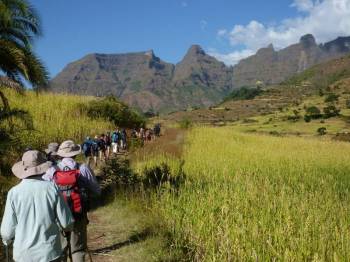 15D/14N
15D/14N
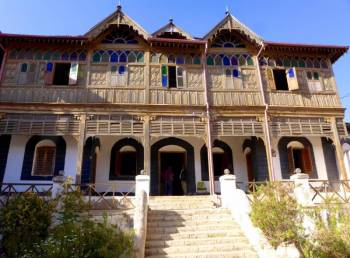 3D/2N
3D/2N
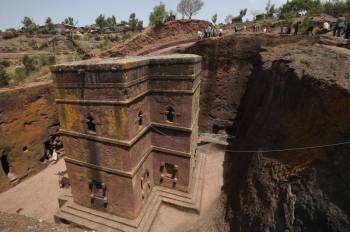 3D/2N
3D/2N
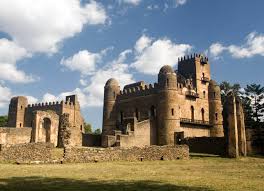 6D/5N
6D/5N
 2D/1N
2D/1N
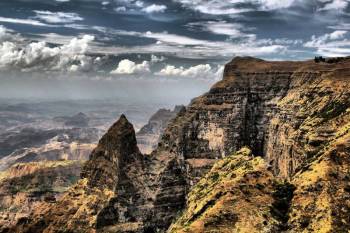 6D/5N
6D/5N
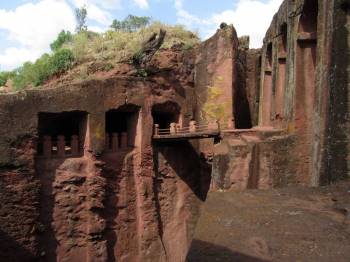 4D/3N
4D/3N
 8D/7N
8D/7N
 10D/9N
10D/9N
 6D/5N
6D/5N
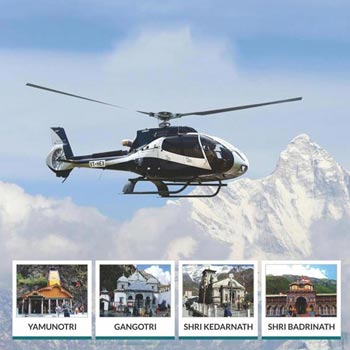 6D/5N
6D/5N
Chardham Yatra By Helicopter Tour
Yamunotri - Gangotri - Kedarnath - Badrinath
 6D/5N
6D/5N
Srinagar,Pahalgam,Gulmarg,Sonamarg,Srina..
Srinagar - Pahalgam - Gulmarg - Sonamarg
 6D/5N
6D/5N
 6D/5N
6D/5N
 6D/5N
6D/5N
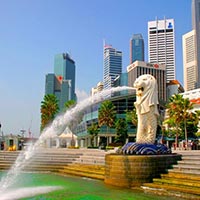 6D/5N
6D/5N
 6D/5N
6D/5N
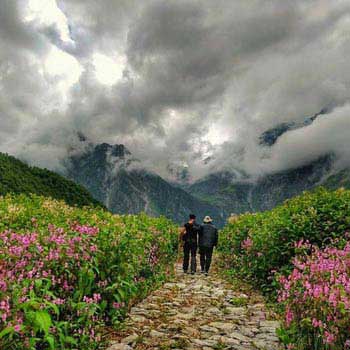 6D/5N
6D/5N
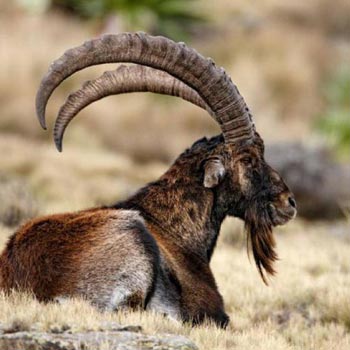 15D/14N
15D/14N
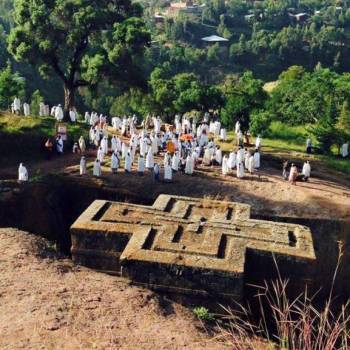 8D/7N
8D/7N
Addis Ababa - Axum - lalibela - Gondar - Bahirdar - Hawzen - wukro - mekele
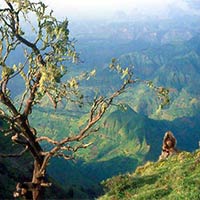 12D/11N
12D/11N
 8D/7N
8D/7N
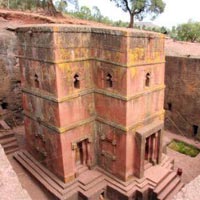 13D/12N
13D/12N
Bahir Dar - Axum - Adigrat - Addis Ababa - Gonder - Mekele
 6D/5N
6D/5N
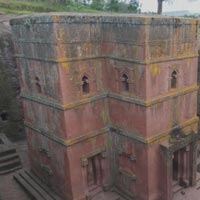 4D/3N
4D/3N
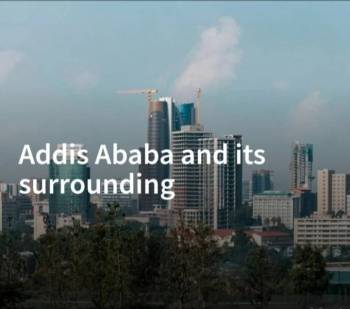 8 Hours
8 Hours
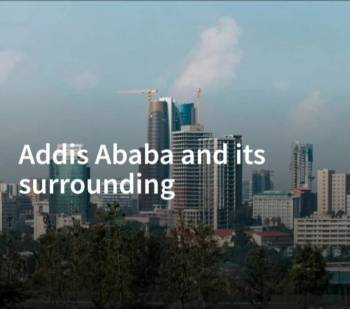 8 Hours
8 Hours